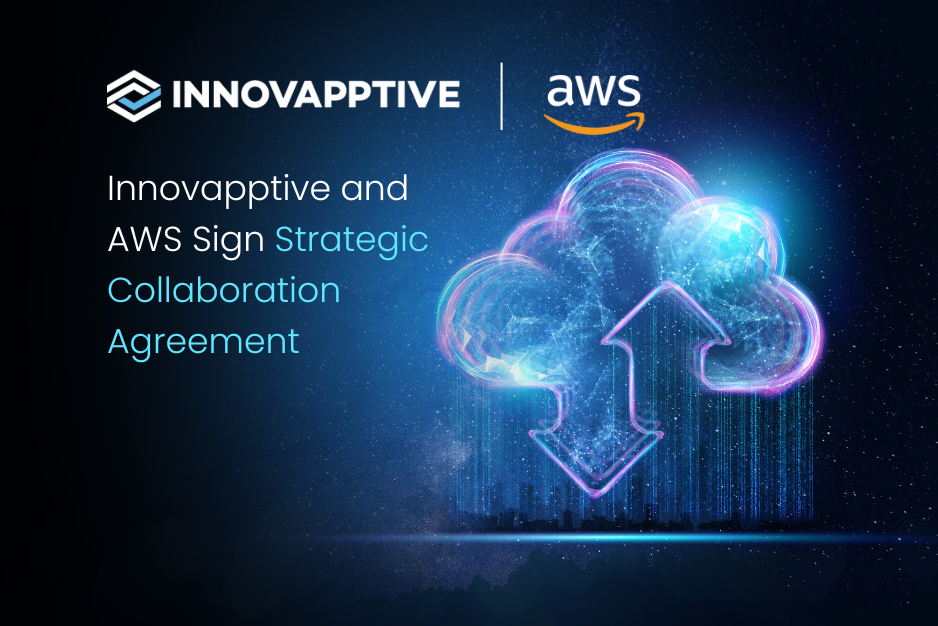Cost-Benefit Analysis: Investing in Maintenance Management Software

Introduction
Maintenance management software is crucial for process manufacturing industries aiming to reduce downtime, optimize resources, and enhance equipment reliability. Poor maintenance strategies can lead to costly repairs, safety hazards, and compliance issues.
Without a structured maintenance system, manufacturers risk significant operational inefficiencies. Maintenance management software helps streamline maintenance tasks, improve asset performance, and ensure regulatory compliance. This cost-benefit analysis highlights why investing in maintenance management software is a game-changer.
1. Understanding the Costs of Maintenance Management Software
Implementing maintenance management software involves several cost factors that organizations must consider. While there is an initial financial investment, the long-term operational benefits far outweigh these costs.
Initial Implementation Costs
The upfront costs include software licensing or subscription fees, integration with existing ERP/EAM systems, and customization to meet industry-specific requirements. Investing in a scalable solution ensures the software aligns with business needs as the organization grows.
Training and Onboarding
Employee training is essential for successful software adoption. This includes training programs to familiarize teams with new workflows, process mapping for smoother transitions, and vendor support to address any technical concerns.
Ongoing Maintenance and Support
Once implemented, maintenance management software requires periodic updates, cloud hosting or on-premise server management, and technical support to troubleshoot issues. Organizations should budget for these recurring costs to ensure optimal system performance.
2. Key Benefits of Maintenance Management Software
While there are costs involved, the benefits of maintenance management software justify the investment. It enhances operational efficiency and minimizes costly disruptions.
Reduced Downtime & Improved Asset Reliability
Unplanned downtime can lead to substantial revenue loss. Maintenance management software helps organizations transition from reactive to proactive maintenance, using predictive analytics to anticipate failures before they occur.
Automated maintenance scheduling ensures assets are regularly serviced, extending their lifespan and enhancing overall reliability. Additionally, real-time condition monitoring allows teams to address performance issues promptly, preventing costly breakdowns.
Enhanced Workforce Productivity
Inefficiencies in maintenance processes can slow down operations and lead to lost productivity. With maintenance management software, teams can streamline workflows, eliminating the need for manual tracking.
Maintenance personnel gain mobile access to work orders and asset history, reducing response times and improving coordination. A centralized system ensures that critical maintenance data is readily available, enabling better decision-making across departments.
Cost Savings & Inventory Optimization
Unplanned repairs and emergency part replacements are costly. With maintenance management software, organizations can maintain optimal inventory levels, reducing excess stock while ensuring necessary spare parts are available when needed.
By tracking maintenance history and asset performance, businesses can avoid unnecessary repairs and extend equipment lifespan, lowering long-term operational costs. Additionally, automated work order management helps allocate labor resources efficiently, reducing overtime expenses.
Regulatory Compliance & Safety Improvement
Process manufacturers operate in highly regulated environments, requiring strict compliance with industry standards. Maintenance management software ensures that all maintenance activities are documented, simplifying compliance audits.
Automated compliance tracking helps organizations stay ahead of regulatory requirements, reducing the risk of fines or legal complications. Additionally, incorporating digital safety checklists minimizes workplace accidents, enhancing overall employee safety.
3. ROI Considerations: Justifying the Investment
To evaluate the financial impact of maintenance management software, organizations should consider both tangible and intangible benefits. The return on investment (ROI) calculation provides a measurable way to assess cost savings and performance improvements.
ROI Calculation
ROI (%) = [(Total Benefits - Total Costs) / Total Costs] × 100
Tangible Benefits
Organizations can see direct financial gains from maintenance management software, such as:
- 30% reduction in unplanned downtime
- 20% savings on repair expenses
- 10% increase in asset uptime
Intangible Benefits
Beyond cost savings, maintenance management software enhances overall business operations:
- Increased workforce efficiency and productivity
- Improved compliance management and risk mitigation
- Data-driven decision-making for strategic planning
4. Overcoming Common Implementation Challenges
Despite its advantages, some organizations hesitate to adopt maintenance management software due to implementation challenges. Addressing these concerns proactively ensures a smooth transition.
Resistance to Change
Employees may be reluctant to adopt new technologies. To encourage engagement, organizations should provide hands-on training, involve key stakeholders in decision-making, and demonstrate how the software simplifies maintenance processes.
Integration Complexities
Many manufacturers worry about how new software will integrate with existing systems. Choosing a solution that seamlessly connects with ERP and EAM platforms minimizes disruptions. Working closely with vendors for customization support further ensures a successful implementation.
Budget Constraints
For some businesses, budget limitations can be a barrier to adoption. Opting for cloud-based solutions with flexible pricing models allows organizations to start with essential features and scale up as needed. Additionally, demonstrating the long-term cost savings and efficiency improvements can help justify the investment to decision-makers.
Conclusion
Investing in maintenance management software enhances efficiency, reduces costs, and improves compliance in process manufacturing industries. While the initial investment may seem significant, the long-term benefits in terms of productivity, cost savings, and regulatory compliance make it a strategic decision.
With proactive maintenance planning, streamlined workflows, and better resource management, organizations can achieve operational excellence.
Request a Demo to see how Innovapptive’s maintenance management solutions can transform your operations and help your business thrive.

See It In Action
Schedule a personalized demo to see how our solutions can help your business thrive.
- 29-09-2025
Your Ultimate Guide to Connected Worker
In the rapidly evolving industrial landscape, maximizing plant efficiency and ensuring optimal...
- 20-08-2025
Building the future of Industrial Operations with Innovapptive and AWS
Most manufacturers have already gone digital. Yet business outcomes haven’t moved in step. Many...
- 22-04-2025
The $3.6B Unlock: Solving the Chemical Industry’s Labor Crisis and EBITDA Pressure in One Move
“Constraints don’t slow innovation—they force it.”


